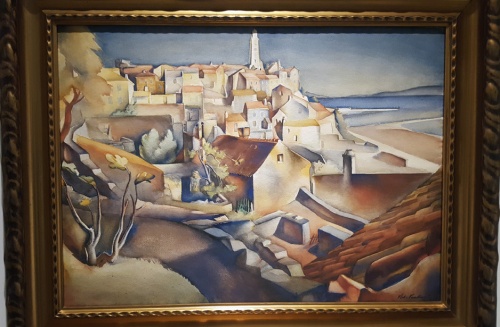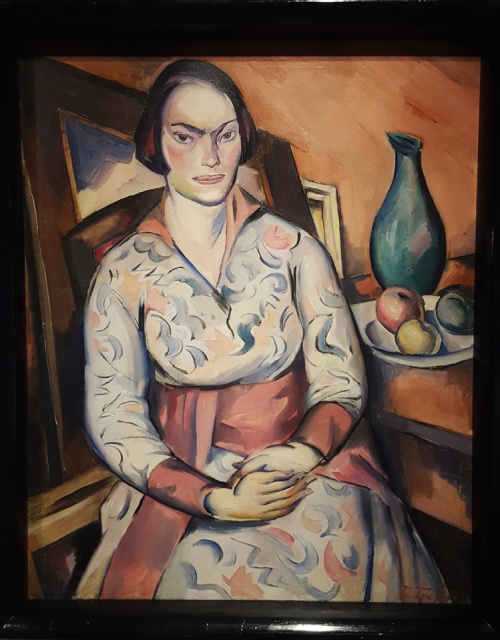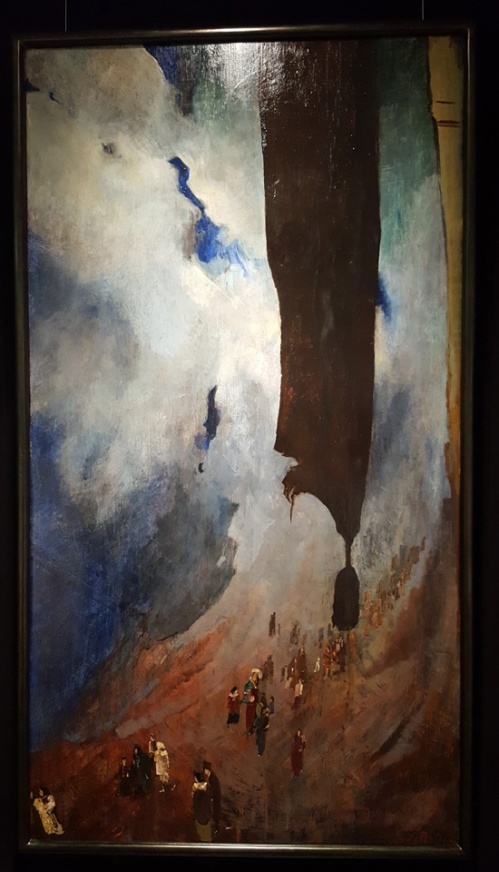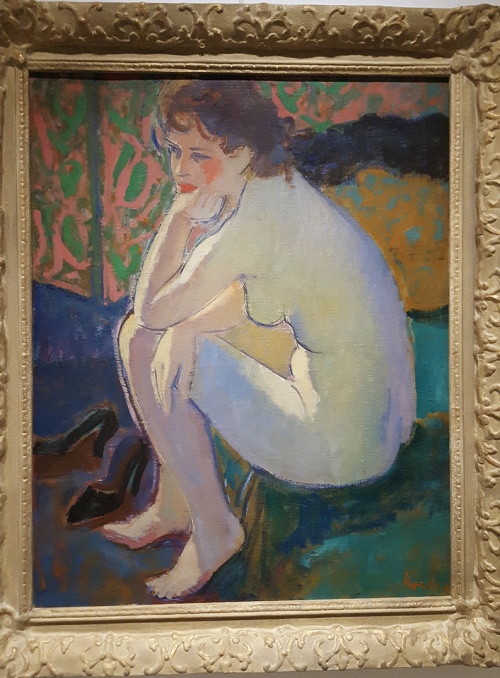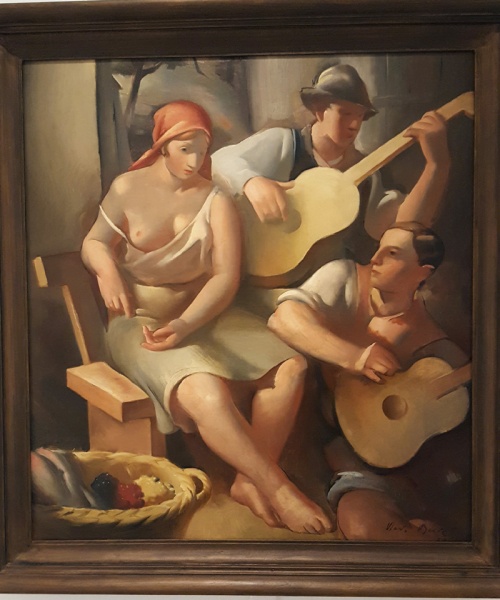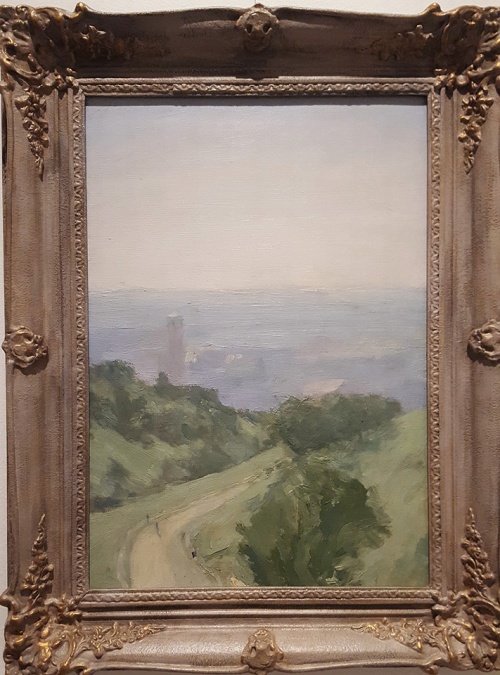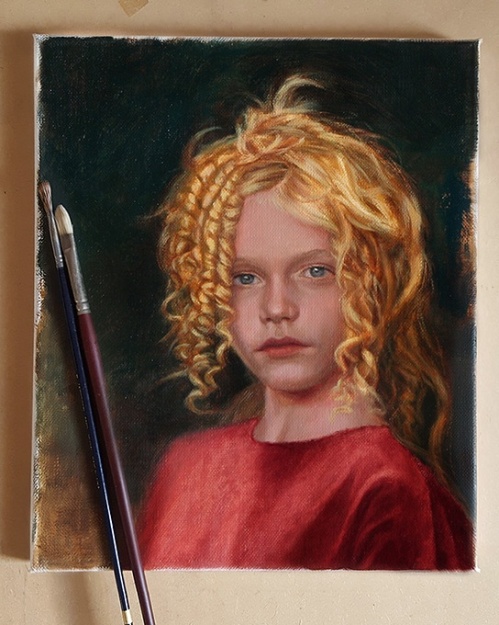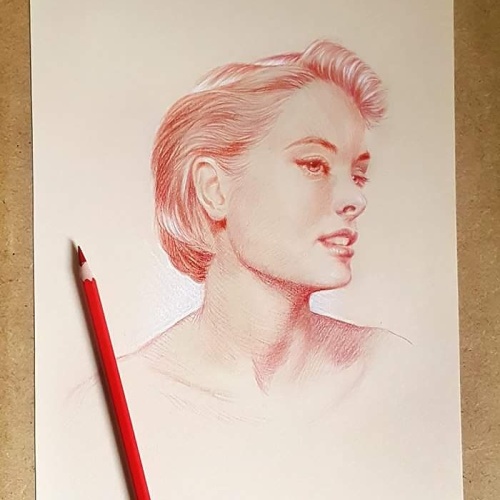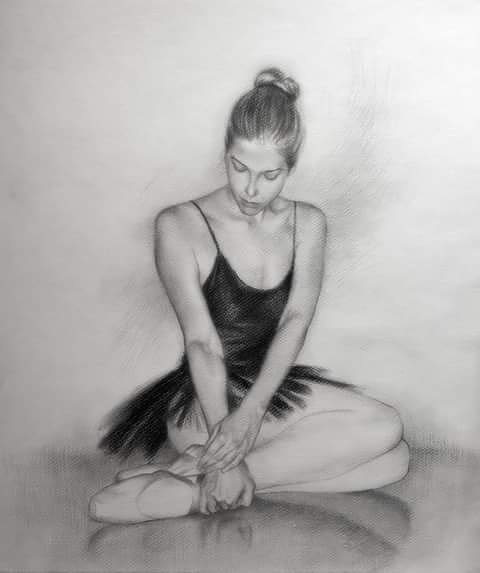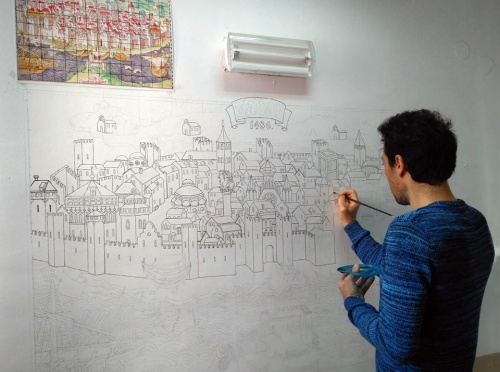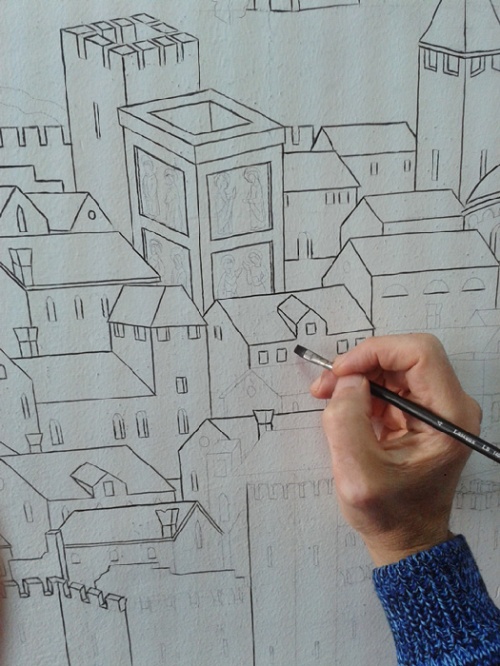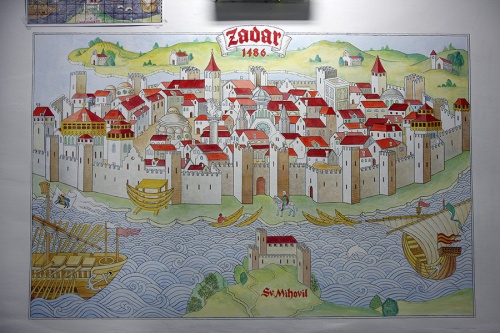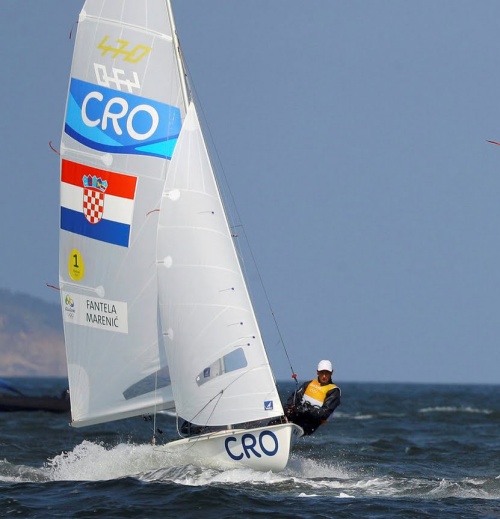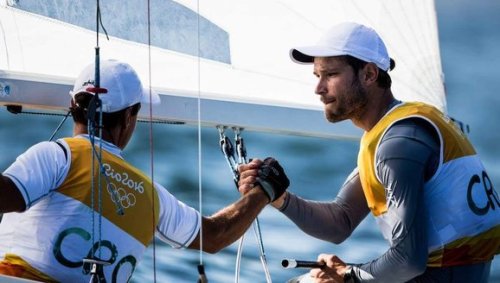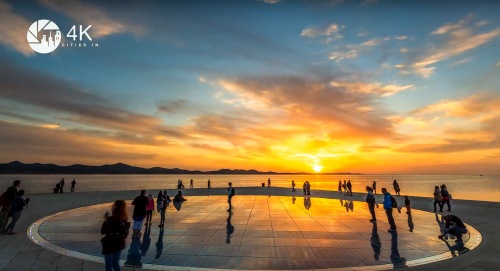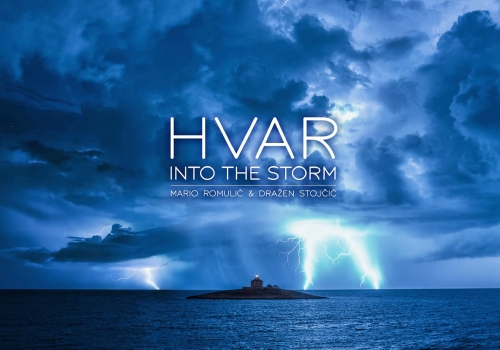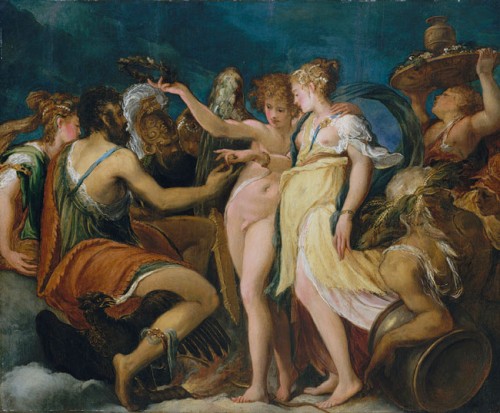
The Marriage of Cupid and Psyche, by Andrea Schiavone.jpg
The Correr Museum in Venice is mounting an exhibition of the art of Andrea Meldolla (Medulić), better known as Schiavone (a Venetian term at the time for the person coming from Croatia). He was born in my city – Zadar, Croatia circa 1510-15 and trained either here or in Venice. Schiavone had established himself by 1540 and introduced Mannerist modes and motifs into Venetian circles. His painting divided Venetian public opinion of the period for his evident nonconformity.
A fine draughtsman and prolific etcher, he was appreciated by Giorgio Vasari, who in 1540 commissioned a Battle between Charles V and Barbarossa from him, subsequently given to Ottaviano de’ Medici. In his book Lives of the Most Eminent Painters Sculptors & Architects, Vasari declared that in Schiavone, he saw the embodiment of a “certain manner that is used in Venice, that is dashed off, or rather, sketched, without being in any respect finished”. Now, Venice celebrates the artist in the first retrospective to be ever dedicated to him, examining Schiavone’s production thanks to many international loans and the latest critical studies, together with his relationship with other famous Venetian artists of the time.
Schiavone’s work was solitary, non-academic and in some ways rebellious; an evident feature is his role as precursor in the definition of a new synthetic style, with a sometimes almost “informal” touch, that influenced even Titian and Tintoretto.
